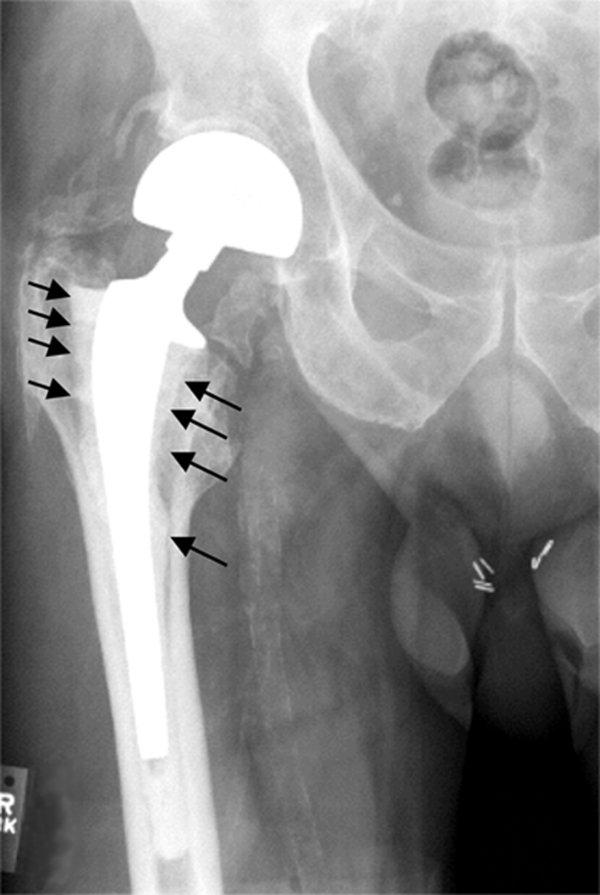HANA Hip and Knee Arthroplasty Table: An SMH Innovation in Orthopedic Services
The time patients stay at the hospital post hip replacement has gone down significantly, due in large part to a new, rotating, composite surgical table that is now available at Slidell Memorial Hospital: the HANA Hip and Knee Arthroplasty Table.
The HANA table is redefining the way surgeons perform procedures, and changing the way people think about hip replacement surgery, recovery times, and recuperation periods.
What is the Hana Hip and Knee Arthroplasty Table?
HANA is a table that gives patients a less-invasive hip replacement option, as it permits surgeons to perform the Anterior Approach Hip Replacement. The adjustable composite table can be configured to provide the surgeon with optimal access to the surgical site, making the Anterior Approach Hip Replacement possible. HANA allows for the leg’s precise placement, so the incision can be made directly in front of the hip, rather than through the back or side.
The rotating table also permits increased range of motion so the surgeon can properly position and align the socket, ball, and femur. Not only can the surgeon perform the surgery more effectively, but the surgeon can also take X-rays during the procedure to ensure the replacement, and its components fit properly.

Benefits of the Anterior Approach Hip Replacement
Making the incision at the front of the hip provides both the surgeon and the patient with a host of benefits. For the surgeon, HANA allows for model leg positioning, without requiring the surgeon to make a large incision.
Going through the front is also a more natural way to access the muscle in the area. The surgeon can replace the hip without damaging or detaching tendons and muscles to perform the replacement. The risk of dislocation is reduced, and the leg length is more accurate in the long run since the reduced trauma allows for a more stabilized hip.
For the patient, the innovative approach the HANA table makes possible results in reduced pain, due to the small incision and reduced muscle trauma. Traditionally, the incision required for a successful hip replacement is between 10 and 12 inches. Now, HANA allows for an incision that is 4 to 5 inches long.
Recovering After the Surgery
All of these benefits roll into even larger benefits for the patient over time: quicker recovery, targeted care, and fewer days in the hospital. Improved function and mobility, as well as expedited recovery, allow patients to resume daily activities sooner without pain or the risk of dislocation.
Once the surgeon completes the hip replacement, the surgeon will discharge the patient if the patient:
Can get out of bed without assistance
Is not experiencing excessive pain, signs of an infection, or signs of a blood clot
Can eat and drink, as well as use the facilities
Can walk comfortably with the use of an assistive device
Can perform exercises at home
Understands the proper care and precautions to promote healing
Once the hip replacement is complete, the surgeons at Slidell Memorial provide patients with a postoperative plan to improve health and recovery at home. The shortened hospital stay will reduce the cost of your visit, improve your recovery, and get you moving quicker than ever before. HANA permits patients to use a toilet that is at the traditional height, to walk, and to bend their knees.
Finding a Physician to Perform Your Hip Replacement
Slidell Memorial is a leader in patient care and innovative services. Slidell Memorial offers extensive Cardiology services as well as a Heart Center, Cancer Center, and Orthopedic team. When you are planning your hip replacement, choose the best care. The Orthopedic surgeons at Slidell Memorial are certified by The American Board of Orthopaedic Surgery, are skilled with the use of the new HANA table, and will have you feeling your best in no time.
Upcoming Events See All
No upcoming events at this time. Please check back soon.
